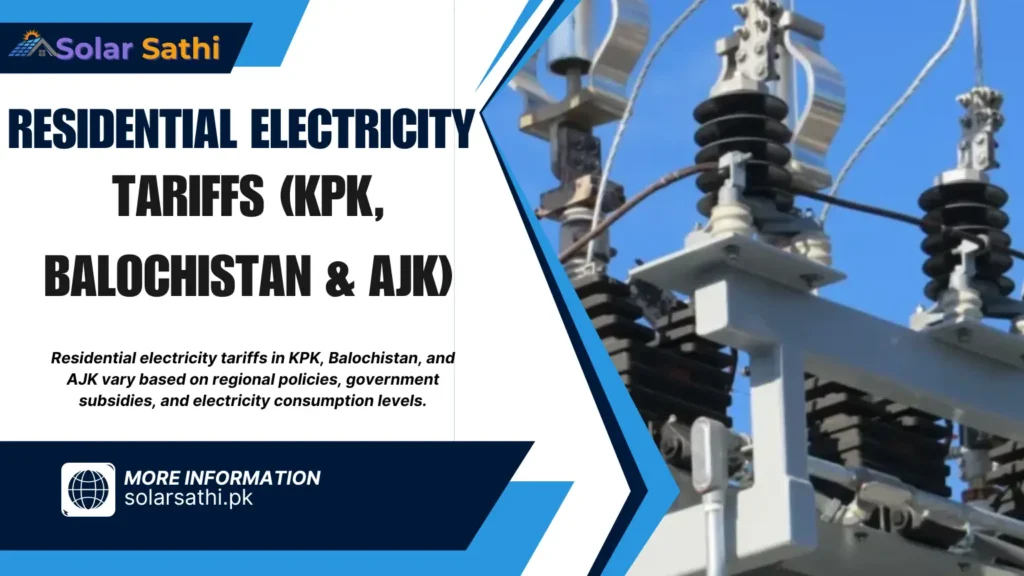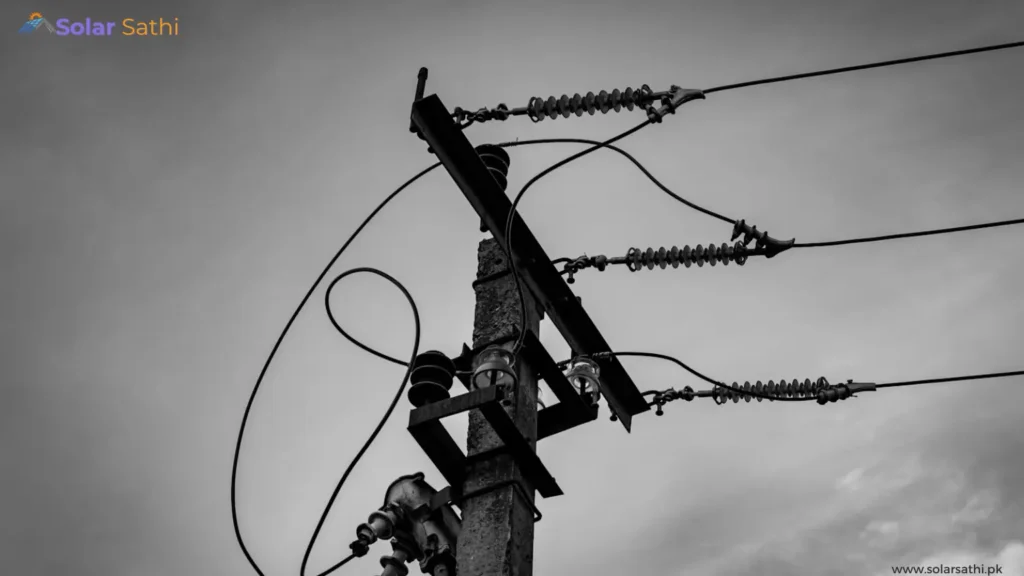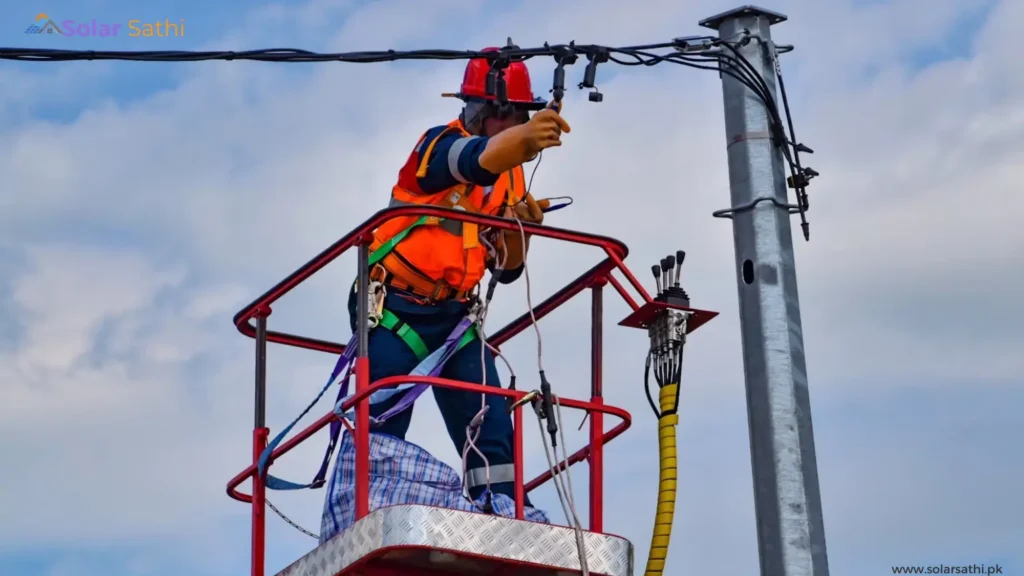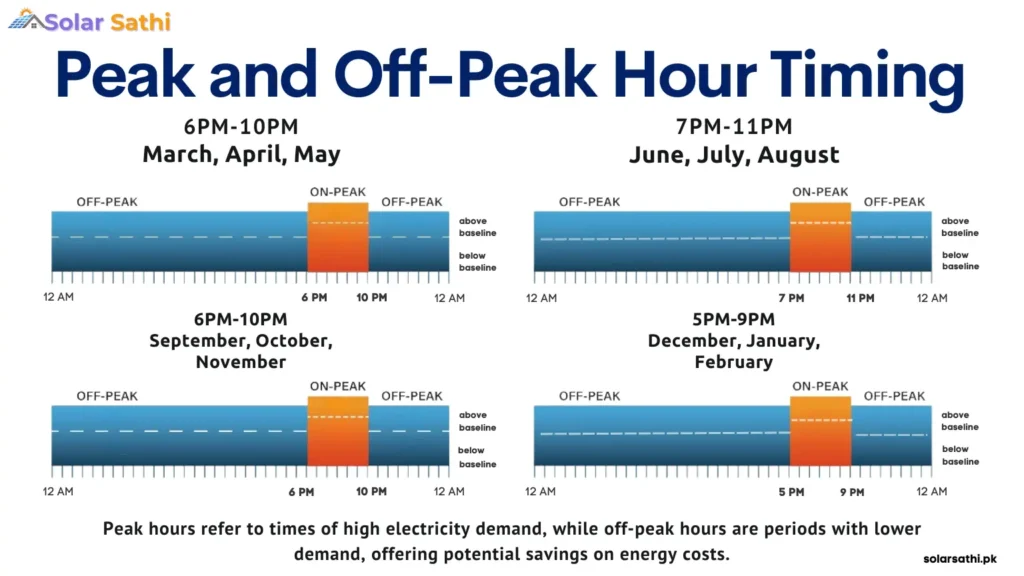Residential Electricity Tariffs (KPK, Balochistan & AJK) April 2025
PESCO (Peshawar Electric Supply Company), QESCO (Quetta Electric Supply Company), and AJKED (Azad Jammu Kashmir Electric Supply Company) are responsible for electricity distribution in KPK, Balochistan, and Azad Jammu Kashmir, respectively. In this article, we will share the residential electricity prices in Pakistan by province for the people of KPK, Balochistan, and AJK. People can calculate their monthly bills by reviewing the chart below showing different electricity tariffs.
Where electricity tariffs in Punjab increased in the last two years, KPK, Balochistan, and AJK also faced high electricity bills. The cost of electricity increases due to the high prices per unit provided by independent power plants. In Peshawar (KPK), PESCO is the electric supply company, while electric consumers in Quetta receive electricity through QESCO (Quetta Electric Supply Company). Residents of AJK consume the electricity distributed by AJKED. It is difficult to find the price units of every company on one single platform. Here, Solarsathi.pk shares the residential electricity prices in Pakistan of PESCO, QESCO, and AJKED.
Read Also: Electricity Price in Punjab and Karachi.

Electricity Price
Electricity price in Pakistan by province are divided by different discos. In Punjab, different discos operate, and in Karachi, KE (Karachi Electric) controls the entire system. But in KPK, Balochistan, and AJK, different discos operate and control the full system of electricity.
Peshawar Electric Supply Company (PESCO) Electricity Tariffs 2025
Electricity unit prices for the people of Peshawar are categorized as protected and non-protected consumers. This same category is available for Punjab and Sindh. Prices of electricity units are structured into different slabs.
| No of Units | Applicable Variable Charges |
| For Sanctioned Loads Less than 5KW | |
| Protected Consumer | |
| Up to 50 units | 5.79 |
| No. of Units | 7.74 |
| 101-200 units | 14.16 |
| For Non-Protected Consumer | |
| 1-100 units | 13.48 |
| 100-200 units | 18.95 |
| 201-300 units | 22.14 |
| 301-400 units | 25.53 |
| 401-500 units | 27.74 |
| 501-600 units | 29.16 |
| 601-700 units | 30.30 |
| Above 700 units | 35.22 |
| For sanctioned loads above 5 KW | |
| Peak Off-peak | |
| Time of use | 34.39 28.07 |

Quetta Electric Supply Company (QESCO) electricity tariff
Electricity unit prices for the people of Balochistan are categorized as protected and non-protected. This same category is available for Punjab, Sindh, and KPK. Electricity prices are structured into different slabs.
| Sr. No. | TARIFF CATEGORY / PARTICULARS | FIXED CHARGES Rs/Cons/M | FIXED CHARGES Rs/kW/M | APPLICABLE VARIABLE CHARGES Rs./kWh | |
| a) | For Sanctioned loads up to 5 kW | – | – | – | – |
| Protected Consumer | |||||
| i | Up to 50 Units: LifeLine | – | – | – | 3.95 |
| ii | 01 – 100 Units – Life Line | – | – | – | 7.74 |
| iii | 1 – 100 Units | – | – | – | 7.74 |
| iv | 101 – 200 Units | – | – | – | 10.06 |
| For sanctioned loads up to 5 kW | |||||
| v | 1 – 100 Units | – | – | – | 16.48 |
| vi | 101 – 200 Units | – | – | – | 22.95 |
| vii | 201 – 300 Units | – | – | – | 34.26 |
| viii | 301 – 400 Units | 200 | – | – | 39.15 |
| ix | 401 – 500 Units | 400 | – | – | 41.36 |
| x | 501 – 600 Units | 600 | – | – | 42.78 |
| xi | 601 – 700 Units | 800 | – | – | 43.92 |
| xii | Above 700 Units | 1000 | – | – | 48.84 |
| b) | For sanctioned loads of 5 kW & above | – | – | – | – |
| Peak | Off-Peak | ||||
| Time Of Use | 1000 | – | 48.00 | 41.68 | |
| c) | Pre-paid Residential Supply Tariff | 1000 | – | – | 49.98 |
Azad Jammu Kashmir Electric Supply Company (AJKED) electricity tariff
Electricity unit prices in Azad Jammu Kashmir are divided into protected and non-protected categories. The same category is available for Punjab, Sindh, KPK, and Balochistan. The prices of electricity units are divided into different slabs.
| S.No. | Tariff Category/Particulars | Fixed Charges Rs/kW/M | Applicable Variable Charges Rs./kWh | |
| a) | For sanctioned loads of 5 kW & above | – | – | – |
| Protected Consumer | ||||
| i. | Up to 50 Units-Life Line | – | – | 3.95 |
| ii. | 01-100 Units-Life Line | – | – | 7.74 |
| iii. | 001-100 Units | – | – | 7.74 |
| iv | 101-200 Units | – | – | 10.06 |
| Non-Protected Consumer | ||||
| v | 1-100 Units | – | – | 13.48 |
| vi | 101-200 Units | – | – | 18.95 |
| vii | 201-300 Units | – | – | 22.14 |
| viii | 301-400 Units | – | – | 25.53 |
| ix | 401-500 Units | – | – | 27.74 |
| x | 501-600 Units | – | – | 29.16 |
| xi | 601-700 Units | – | – | 30.30 |
| xii | Above 700 Units | – | – | 35.22 |
| b) | For sanctioned loads of 5 kW & above | – | – | – |
| Peak | Off-Peak | |||
| Time of Use | – | 34.39 | 28.07 | |

Peak and Off-Peak Hour Timing
Peak time is the time out of 24-hour days at which rates per unit of electricity are high. Because at that time, consumption of electricity is high.
Off-peak means when electricity rates per unit are standard according to the tariff structure. In Pakistan, peak and off-peak times change according to the winter and summer seasons.
| Season | Peak timing | Off-Peak Timing |
| March, April, May | 06:00 PM-10:00 PM | Remaining 20 hours |
| June, July, August | 07:00 PM-11:00 PM | Remaining 20 Hours |
| September, October, November | 06:00 PM-10:00 PM | Remaining 20 Hours |
| December, January, February | 05:00 PM-09:00 PM | Remaining 20 Hours |

Conclusion
The National Electric Power Regulatory Authority (NEPRA) regulates electricity tariffs through different electric supply companies. These companies have different rates per unit for protected and non-protected cosumers. Electricity prices have jumped in the last two years. This article covers the electricity price in Pakistan by province and unit rates of almost all major electric supply companies in KPK, Balochistan, and Azad Jammu and Kashmir.
Frequently Asked Questions

About Author
Ahmad Lodhi, the founder of SolarSathi.pk, is an experienced electrical engineer with over 13 years in the field. He works as a manager at Jeddah Adwan Electrical Marketing Company and has 12 years of expertise in the solar and electrical industries. Ahmad is passionate about promoting renewable energy and helping people make smart decisions about solar solutions. Through SolarSathi.pk, he shares simple and reliable information to support a greener and more sustainable future.
